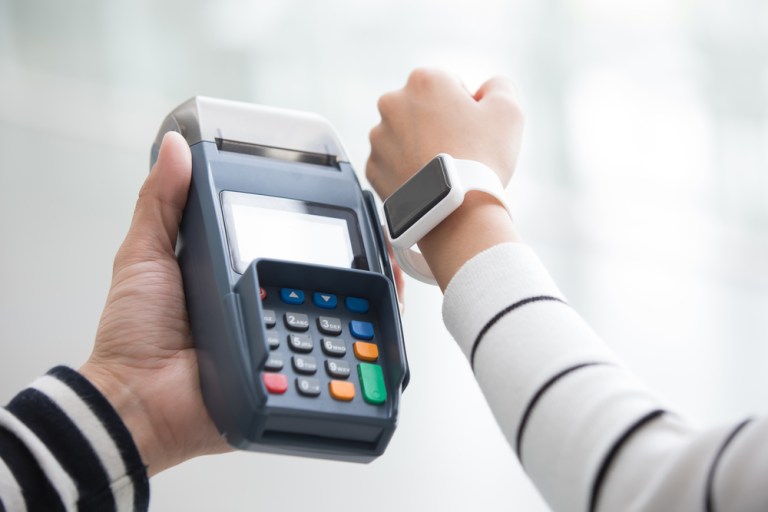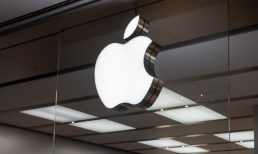Wearables aren’t just smartwatches anymore. They’re keychains, rings, wristbands, coins — anything that can accommodate a chip. Furthermore, it’s no longer enough just to provide fitness and health tracking; more and more, payments enablement is becoming a staple of a useful wearable.
It’s upon these two principles that startup Cascade has built its business. CEO Spencer Schmerling said this combination of form and function will provide the foundation for the future of wearables.
But enabling payments isn’t so simple. It’s not just about getting the tech to work right, said Schmerling. The payments must be certified, and so must the device itself. It’s an end-to-end challenge through designing, manufacturing, certification and fulfillment.
That’s why he said Cascade aims to help companies through the whole process, not just supply them with a chip that is capable of powering contactless payments. That means the startup is navigating device conception, production and, most importantly, the complex process of making it actually work — including the payment platform necessary to fund the device, as well as managing transactions.
The spirit is that, when it comes to wearables, companies who can dream it should be able to do it.
As with most things — at least in payments and tech — the more complexity that goes in on the back end, the simpler the ultimate experience will be for the customer, and that is what it takes to drive adoption of new payments technologies. Consumers aren’t going to change from their tried and true methods of paying by credit card unless they can see that the new way will truly make their lives easier.
Advertisement: Scroll to Continue
It is possible to get there, said Schmerling, but for the U.S., the journey is just beginning.
Wearables can be used to make payments at almost any terminal that can accept a chip card, but today, the contactless function may or may not be turned on. If customers can’t be confident that their contactless payment will work, why would they embrace the method? It’s a gamble that could create more friction rather than less if it doesn’t work.
Schmerling said it may not be long before that changes. In some regions, Visa and Mastercard are requiring all merchants to be contactless-enabled by 2020. If the same requirement emerges in the U.S., he said, then contactless payments will soon become possible anywhere and everywhere, and that’s when tap-to-pay could really start to gain traction among consumers as they discover its convenience relative to carrying and using credit cards.
Schmerling noted outside the U.S., in countries like Australia that were early adopters of wearables, 82 percent of the population already makes a contactless payment every week. It seems likely that the U.S. could follow the same trajectory once the ball starts rolling, he said.




